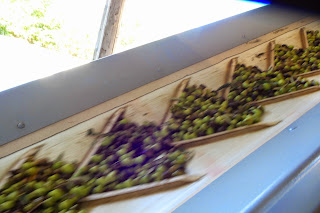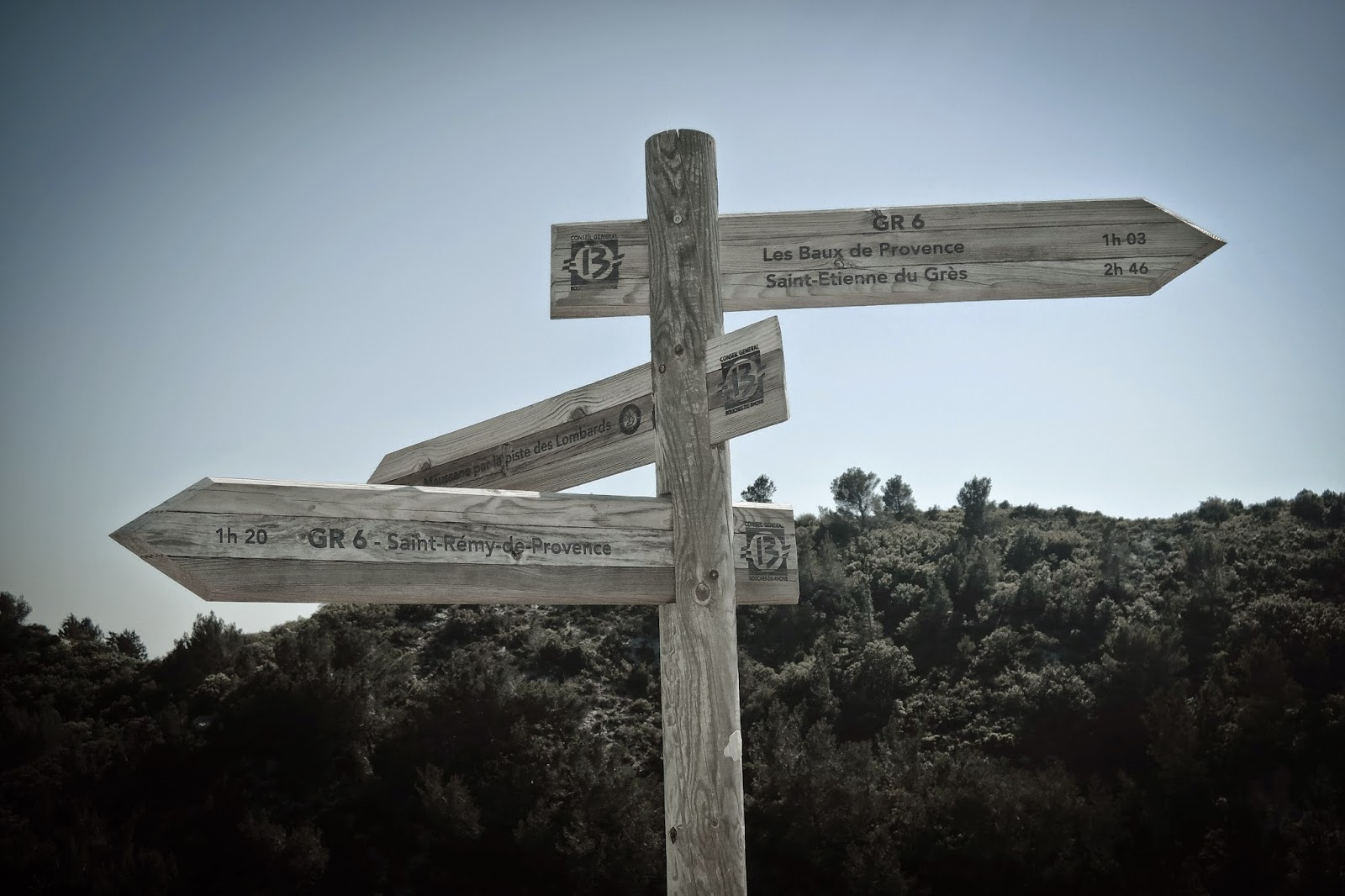Turn right after Robion and follow the signs to "Oppede le Vieux" as opposed to "Oppede" which is the new village built in the valley during the 19th Century.
The old village was inhabited as early as the roman times (Roman coins were found on the site), it became part of the Pope's county in 1274.
Locals who found that the Popes were more eager to collect taxes than protecting their inhabitants tried to escape with no success. However the Spanish Antipope Benoit XII stayed here in the early 15th Century. He had to jump out of one of the window of the Castle in order to escape to Spain, the only way to save his life.
I have no date for the construction of the Castle who was abandonned towards the end of the 17th Century, becoming a quarry site were locals would take out carved stones.
During the 18th Century, the village suffered several earthquakes (in particular 1731) and water access was not convenient. Furthermore much time was wasted going to the field located in the Valley and as wars were "delocated" on the borders of France, the villagers decided to rebuilt a more practical village down in the valley.
You will understand while locals decided to abandonned the village when you wander through the old tiny and steep street.
Nowadays Oppede le vieux is a cute little village with some of the most wonderful unrestored medieval ruins you are likely to find the Luberon.
It is also the home of some rich and famous, amongst them US film director Ridley scott who also owns a winery nearby.
The main square offers a selection of café and restaurants in a unique secluded atmosphere.
Not as crowded as some other nearby village you can take the time to walk up to the church and the Castle ruins (about 20mn walk) where you will enjoy a stunning view of the valley.
Parking is compulsory as traffic is not authorised in the old village.
Restaurant I recommend in Oppede le Vieux Restaurant Celina with a mediterean cuisine with Italian influence in a traditional Mas (Provencal term for Farm house). You'll need to drive there.
 |
| Oppede le Vieux from the Valley |
 |
| The ruins of the Medieval Castle |
 |
| The Church of Oppede le Vieux |
 |
| The "bottom" of the village and its main square |
.JPG) |
| Walking through history |
 |
| Entrance to the Very old Village |
.JPG)


.JPG)
.JPG)
.JPG)
.JPG)































.jpg)








